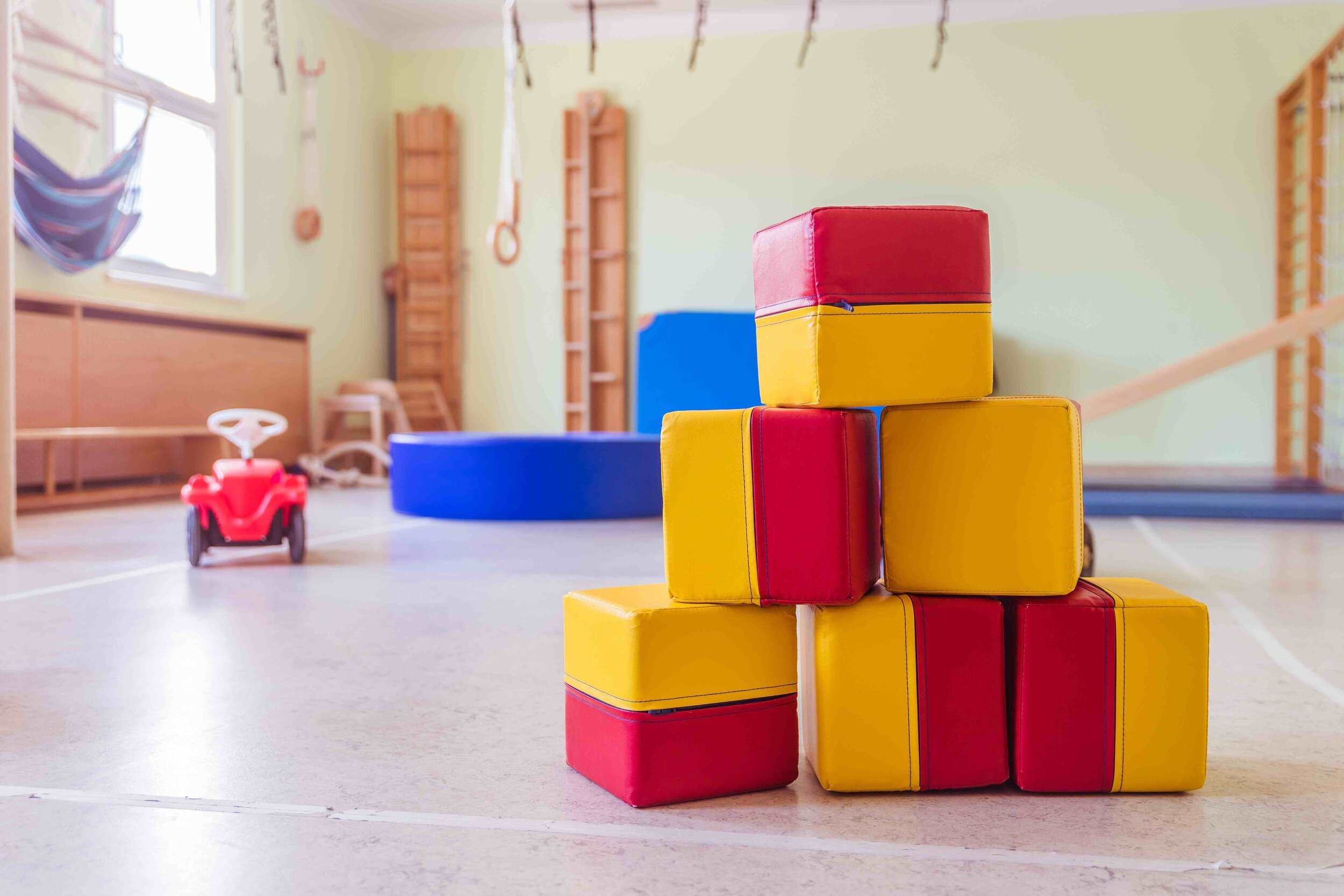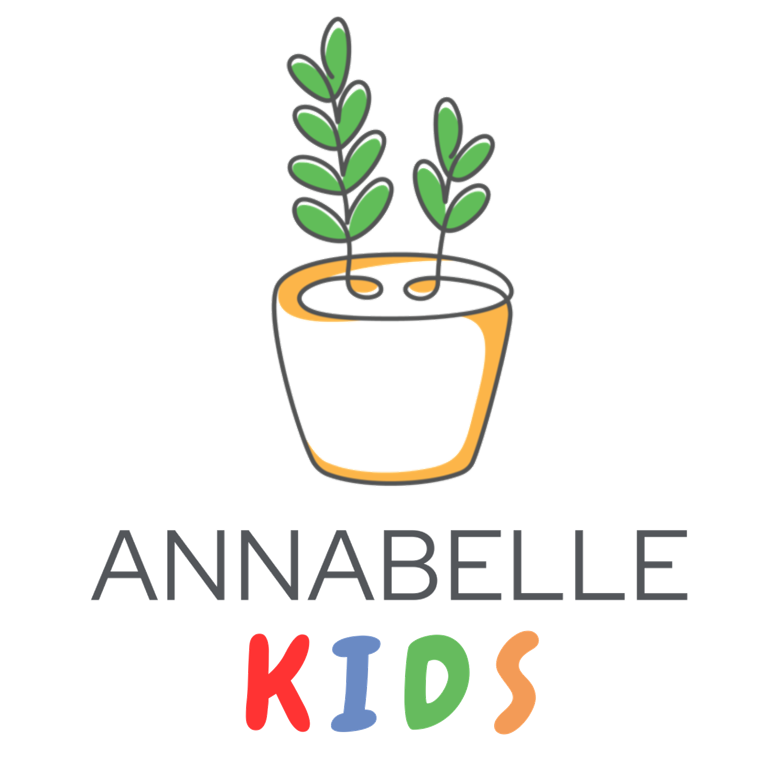
Occupational Therapy for Children: Signs and Support
Occupational therapy concerns itself with helping children in the way they occupy time. Although children do not have full time jobs, they do participate in the occupations of daily life associated with their roles at home, in school, and with their friends. To allow children to maximize and spend their time meaningfully, occupational therapy strives to support children in independently performing these age-appropriate tasks in their activities of daily living. Our occupational therapists will develop specific goals and interventions based on your child’s sensory, motor, cognitive, and psychosocial needs, come up with activities and functional skills that can be incorporated for children to engage in their daily functioning. Together with child psychologists and speech and language therapists (SLT), a collaborative team of allied health professionals will work together with you and your child to achieve independent, maximised functioning.
Does my child require occupational therapy?
Every child is different but there are a number of key signs that indicate your child may benefit from occupational therapy. These include, but are not limited to:
Ψ Failure to reach physical, age appropriate developmental milestones such as sitting, crawling or walking
Ψ Not developing age appropriate play and social skills
Ψ Difficulties with fine motor skills (e.g., holding a pencil, manipulating buttons and zippers, poor handwriting)
Ψ Difficulties with gross motor skills (e.g., climbing stairs, balance, physical coordination)
Ψ A muscle tone that is higher or lower than that of age appropriate developmental milestones
Ψ Difficulties with visual processing
Ψ Delayed oral motor and sensory skills (e.g., difficulty chewing, swallowing, and drinking)
Click here for a developmental milestone guide.
What can Occupational Therapy Help With?
Performance Areas of Interventions:
-
In order for children to explore the world around them, they require the ability to move with ease. Many of the activities that they engage in - running, jumping, sitting, lying down, eating, playing - require them to be able to move freely and fluidly. However, some children who experience certain motor control deficits might find themselves having difficulties carrying out various movements.
Occupational therapy can help individuals with motor control deficits, such as coordination difficulties, lack of control, physical limitations, or planning movement. Our occupational therapists begin by examining and understanding the mechanisms, strategies, development, and the dysfunctions related to the movement. Using activity specific interventions with various difficulty levels, techniques and skills are taught to children and parents to improve motor control.
-
Our hands are involved in a variety of complex movements. Having dexterity in hand movement requires an interaction of visual skills, visual-perceptual skills, and coordination. This allows children to easily manipulate and move objects with their hands, for activities such as handwriting, eating, flipping the pages of books, personal grooming, and technology use.
In occupational therapy, the occupational therapist aims to equip the child with the skills to reach and carry, grasp objects, manipulate objects within their hands, voluntarily release objects, and to use tools. These skills are trained by developing the necessary aspects to hand movement, which are attention and concentration, body awareness, sensory processing, postural control, and shoulder stability.
-
Our eyes are the windows to the world. They allow us to differentiate edible and inedible foods, help us to choose matching socks, and allow us to locate our favourite toys! Unfortunately, some children do experience difficulties with visual perception, such as spatial perception, object perception, and visual discrimination, affecting their ability to interact with their environments and hindering social development. These difficulties might be observed in children as:
Ψ Difficulties differentiating alphabets
Ψ Sequencing letters or numbers
Ψ Sorting and organising
Ψ Remembering left and rightVisual perception refers to all the processes responsible for informational input and cognition of visual stimuli. This involves extracting information from our environments, before integrating all the information in our heads for interpretation, allowing us to make sense of what we see. In Occupational Therapy, the therapist uses skills such as repetition, rehearsal, organising the environment, to improve their abilities with visual tasks.
-
Our senses are the primary way in which we interact with the world early on in life, which lays the foundation for more complex occupations. Sensory integration is a concept that describes the way the brain processes sensory information from the body and the environment in order to perform everyday activities. This enables us to pay attention, learn skills, plan actions, and organise the self.
Oftentimes, children who experience sensory processing issues have too little or too much stimulation through their senses. Through an assessment, the occupational therapist obtains information to understand what the child is experiencing (e.g., do they exert too much strength, are they sensitive to loud noises) in order to formulate a management plan.
Intervention is carried out in a sensory gym, equipped with various machines and sensory equipment. Take a look at our gym here!
-
The ability to participate in social settings are crucial for a child’s development, with their family, friends, schoolmates, teachers. When the child is able to interact with their environment, be it via communication or other forms of interaction, they are then able to achieve their developmental milestones.
A child’s ability to participate socially varies greatly based on their temperament, environmental stressors, or existing mental health disorders (e.g., Anxiety, Depression, Attention-Deficit Hyperactivity Disorder, Autism Spectrum Disorder). In occupational therapy, the child is placed in a therapeutic practice environment that emulates social situations they find difficulties going through, and the therapy programs are designed specifically to assist children in these situations.
Meet our Occupational Therapists
Sharyn Koh
Principal Occupational Therapist
Sharyn is a paediatric occupational therapist who has experience working with young children and adolescents across various settings in Singapore. Her OT practice incorporates sensory integration, Handwriting Without Tears, therapeutic listening, the ALERT Programme, and SOS Approach to Feeding.
Akio Lim
Occupational Therapist
Akio has experience working in a clinic setting, providing occupational therapy to children and adolescent with developmental delays, Autism Spectrum Disorder, ADHD and hyperactivity and multiple disability. He is also trained in Handwriting Without Tears.







